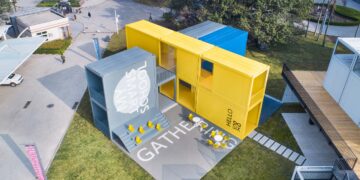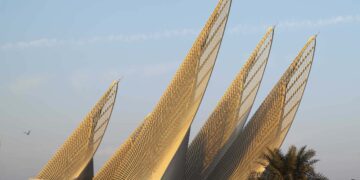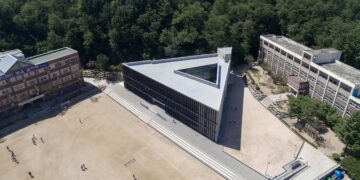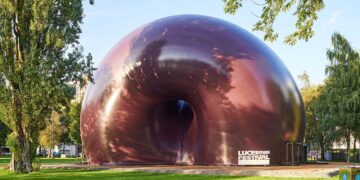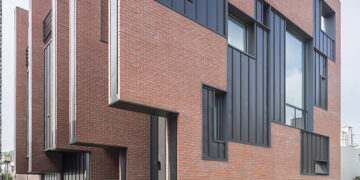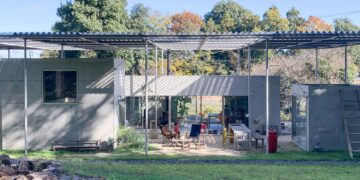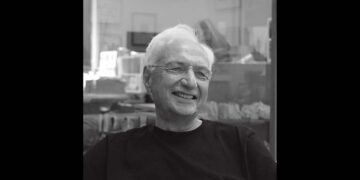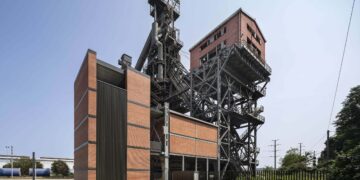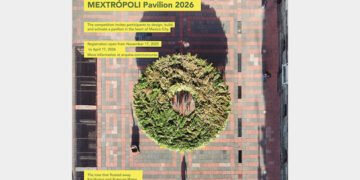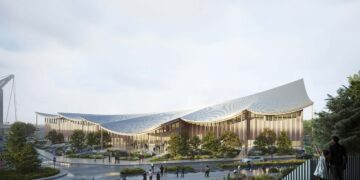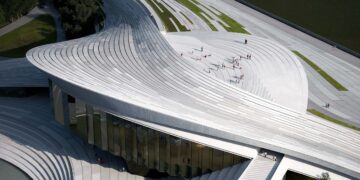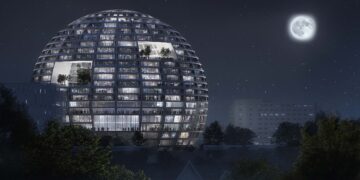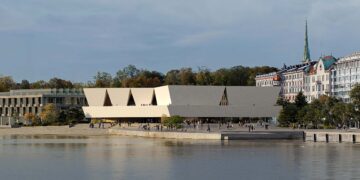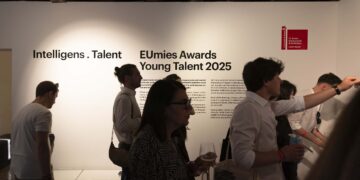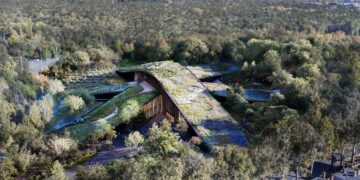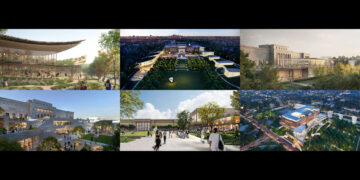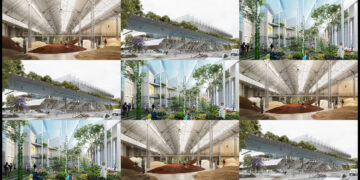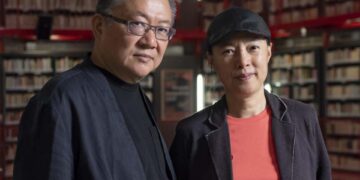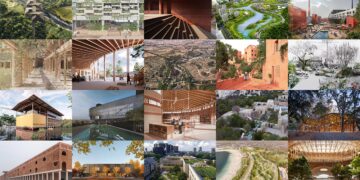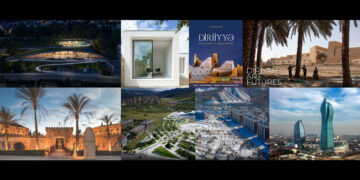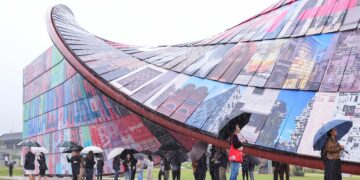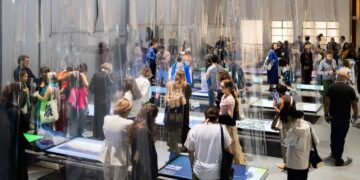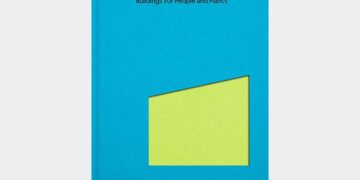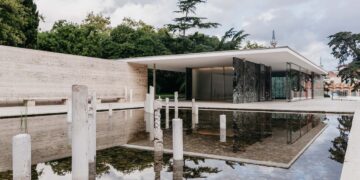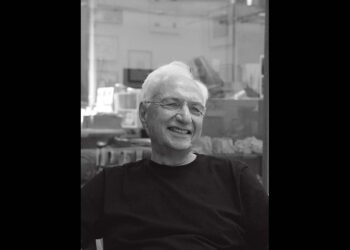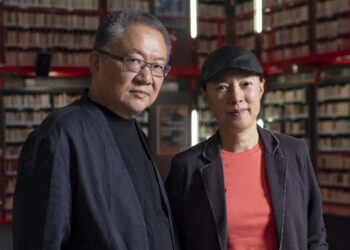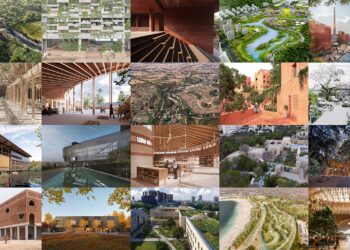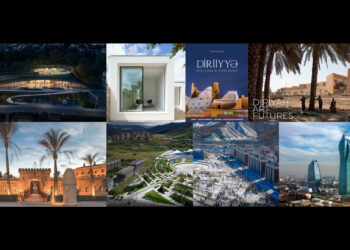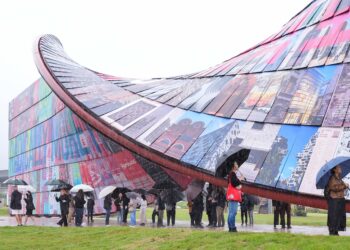
Seoul Takes First Steps Toward the Next 100 Years
On March 21, the Nexus Seoul Next 100: City Architect Partners Forum was held in the multipurpose hall on the 8th floor of Seoul City Hall. Centered on the theme “Seoul Asks, the World Answers,” the forum aimed to explore the vision and direction of Seoul’s comprehensive urban and architectural plan for the next century. Structured as a dialogue, the event featured questions from Seoul’s City Architect Kang Byeong-geun—posing challenges on behalf of the city—and responses from City Architect Partners from around the globe. It brought together domestic and international experts, alongside citizens, to collectively consider how to enhance Seoul’s urban dignity and improve quality of life.
From Construction to Community
In his keynote, Kang called for a shift from object-centered urban development to a people- and community-centered paradigm. “Cities should no longer be defined by construction but by their role in restoring community,” he emphasized. Highlighting the importance of reconnecting “people and nature,” “people and people,” and “technology and people,” Kang underscored these linkages as essential strategies for the future city. To address the climate crisis and fragmented urban structures, he proposed increasing Seoul’s green coverage to 100%, promoting the “15-minute city” model, and revitalizing shared low-rise spaces. This speech served as both a declaration and a global invitation for dialogue.

Global Visions Respond to Seoul’s Call
International City Architect Partners responded with visions for Seoul’s future drawn from their local and professional contexts.
French architect Dominique Perrault advocated for transforming underground spaces into public realms through his ‘Groundscape’ concept. His design for the Ewha Womans University campus—where natural light redefines underground architecture—demonstrates this approach. He noted that his current project in Gangnam continues this trajectory, blending above- and below-ground realms and integrating pedestrian networks with transit infrastructure to create public-centered, hybrid urban space.
Dutch architect Ben van Berkel introduced the idea of the “5-minute city,” proposing the creation of vertical neighborhoods within high-rise structures to foster community even in dense urban cores. Drawing on examples from Amsterdam, he illustrated how integrating residential, commercial, and cultural functions within walkable proximity improves efficiency and livability. He also advocated for reconfiguring urban space around autonomous and electric vehicles to prioritize pedestrian environments over car-oriented infrastructure.
German architect Jürgen Mayer H. outlined five principles for a resilient urban future: strengthening community through public space, promoting vertical mixed-use zoning, enhancing eco-friendly mobility, implementing adaptive water management, and reconnecting cities with nature. He also highlighted emerging technologies—such as carbon-absorbing materials, self-healing asphalt, and transparent solar panels—as tools for achieving a sustainable urban vision.


Ecological Infrastructure and Human-Centered Design
American landscape architect James Corner and British designer Thomas Heatherwick participated via video, offering insights on the ecological and emotional dimensions of urban design.
Corner emphasized that parks and gardens must evolve from recreational spaces into essential ecological infrastructure. Citing the High Line in New York and the Tidal Basin restoration project in Washington, D.C., he argued for adaptive design strategies responsive to climate change and urban transformation. He urged Seoul to embrace parks as multifunctional systems—managing stormwater, restoring ecosystems, and mitigating climate impacts.
Heatherwick focused on humanizing the city. He advocated for architecture that transcends function to engage the senses, inspire curiosity, and build identity. Referencing the human scale and rich visual detail of traditional Korean hanok, he suggested Seoul could lead globally by reinterpreting these qualities in a contemporary urban context. His recent projects—Thousand Trees in Shanghai and Azabudai Hills in Tokyo—exemplify the fusion of nature and architecture to foster belonging and emotional connection. As General Director of the 2025 Seoul Biennale of Architecture and Urbanism, Heatherwick pledged to continue developing ideas for a more human-centered Seoul in partnership with its citizens.
Despite differing perspectives, the international speakers converged on common themes: blending nature and urbanism, reimagining public spaces, and harmonizing technology with design. Collectively, they affirmed Seoul’s potential to emerge as a leading model for human-centered, future-ready cities.


What Should Seoul Become in 100 Years?
The forum concluded with a comprehensive panel discussion moderated by Kang Byeong-keun. Participants included architects and professors from leading Korean universities—Jahoon Koo (Hanyang University), Moon-gyu Choi (Yonsei University), Pilsoo Maeng (Seoul National University), John Hong (Seoul National University), and Woong-seong O (Hongik University)—joined by the international speakers.
Three core themes shaped the debate: nature, people, and technology.
Professor Pilsoo Maeng underscored the physical constraints of Seoul’s urban expansion, advocating for ecological integration through vertical and three-dimensional strategies. Rather than further densification, he proposed “emptying” the city to introduce moments of openness and calm—spaces that enhance urban life by allowing nature to breathe into the built environment. He emphasized the importance of embedding natural light, air, and green elements in compact urban contexts.
Professor Woong-seong O explored the overlooked value of traditional Korean gardens. Drawing on Korea’s cultural history, he suggested that urban green space should be more than decorative—it should operate as civic infrastructure, supporting ecological resilience and social continuity. He called for renewed attention to how architectural and landscape design are taught and practiced, urging deeper collaboration and mutual respect between disciplines.
Professor John Hong offered a critical reflection on nostalgic visions of community, cautioning against romanticizing traditional urban forms without addressing their historical inequalities. He reminded the audience that access to nature and beauty in the past was often reserved for the privileged few. As we look 100 years ahead, he encouraged architects and planners to interrogate their assumptions, consider uncomfortable alternatives, and prepare for unexpected futures.
Shifting the focus to social infrastructure, Professor Jahoon Koo emphasized that public spaces must evolve from being mere circulation zones to becoming meaningful sites of connection. He shared his vision for small-scale, distributed parks embedded in daily life—spaces that support social capital and community resilience. Highlighting the Yongsan International Business District project, he argued that the future city must be inclusive, walkable, and vertically layered to accommodate diverse needs.
Professor Moon-gyu Choi stressed the need for inclusive design that serves all demographics, especially society’s most vulnerable. He envisioned a city where comfort and safety are prioritized at the neighborhood scale, and where administrative support and thoughtful design work hand-in-hand. Rather than projecting a distant future, he advocated for immediate improvements that lay the foundation for the next 30 or 100 years.
Jürgen Mayer addressed the accelerating role of technology in shaping urban ecosystems. He forecasted that artificial intelligence will soon manage core functions such as air purification, vegetation health, and climate responsiveness. Yet, he warned that trust and data security must remain central, urging cities to build ethical, user-centric digital infrastructures that enhance, rather than undermine, the human experience.
Dutch architect Ben van Berkel highlighted the connection between urban design, community health, and longevity. Drawing lessons from “blue zones”—regions where people live significantly longer—he emphasized the need for engaging, walkable environments and communal public spaces. He advocated for future cities that foster social vitality, mental well-being, and physical health through thoughtful architecture and planning.
City Architect Byeong-keun Kang closed the session by stating, “If Seoul is to become a sustainable city of the future, we must begin working with our citizens now.” International speakers echoed this perspective, noting that Seoul’s bold, interdisciplinary, and participatory approach could set a new benchmark for cities worldwide. Far from a distant utopia, the vision for Seoul’s next 100 years is a call to immediate, collective action—beginning today.


Building the Foundation for Seoul’s Next Century
This forum marked a pivotal moment in Seoul’s journey toward its next 100 years. Experts agreed on the need to shift from a development-driven paradigm to a holistic urban model where nature, people, and technology are harmonized. The focus must move from “urbanizing nature” to “naturalizing the city,” and from “construction” to “community-building.”
Seoul plans to translate these ideas into actionable mid- and long-term urban policies while continuing to incorporate public and expert input. “The future Seoul should not be shaped by monumental structures, but by the participation and agency of every citizen,” said Kang. “The city will take responsibility to realize the vision we’ve discussed today.”
As cities around the world respond to the pressures of climate change, demographic shifts, and technological disruption, Seoul’s initiative to convene a global conversation offers a model for collaborative urban transformation. With its first step taken, Seoul must continue forums like this to build a resilient, inclusive, and forward-looking future.


